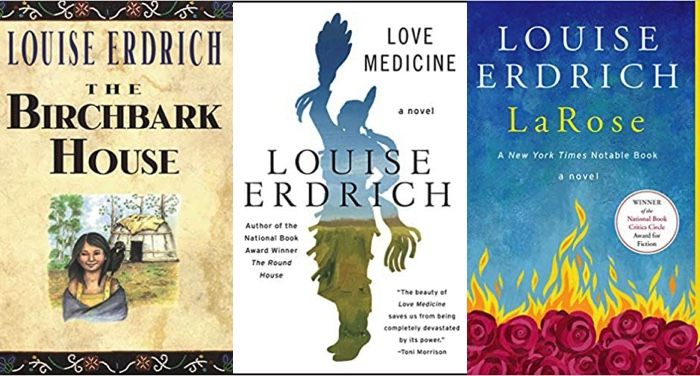
Reading Pathways: Louise Erdrich
In 2015, Jenny Shank wrote this “Where to Start Guide” for Barnes & Noble about Louise Erdrich, one of my favorite authors. Her choices are excellent. However, Erdrich has published a lot since then, so I wanted to write my own guide for Book Riot. Erdrich is such a talented, prolific writer that any of her books would make a good starting point. Many interconnect, showing the same families and broader communities from different perspectives across generations. Whether you want to marathon several of her books in a row or read them years apart, the shared characters can help to refresh your memory.
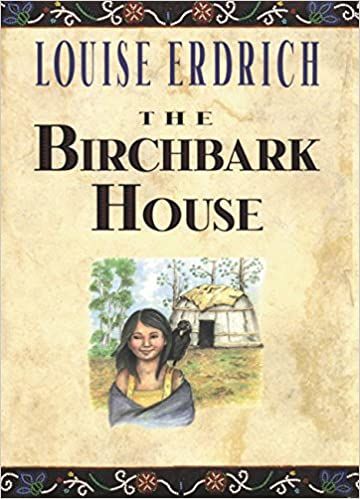
The Birchbark House Series
Louise Erdrich’s fiction for adults is a great place to start, but these middle grade historical fiction books appeal to an even wider audience. The protagonist, Omakayas, is an Ojibwe girl growing up near the Great Lakes in the 19th century. The five books follow Omakayas and her family for over a generation: from when she’s 7 to her adulthood as a mother, wife, and a skilled healer. The last two books, Chickadee and Makoons, are named after Omakayas’s identical twin sons. Erdrich’s talent for creating vivid characters, settings, and family relationships are apparent from the beginning of the series. Each book contains a glossary and notes on the Ojibwe people, language, and culture (also called the Anishinaabe).
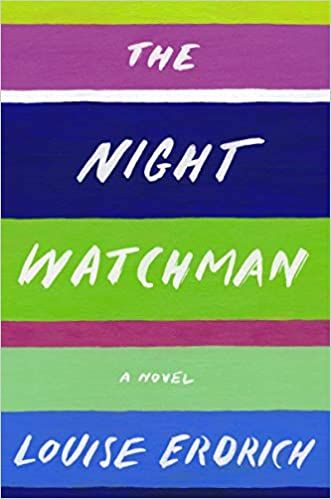
The Night Watchman
Thomas Wazhashk, one of the protagonists of Erdrich’s latest novel, is based on her maternal grandfather, Patrick Gourneau. Gourneau was an activist and a tribal chairman for the Turtle Mountain Band of Chippewa Indians for many years. Like the fictional character Wazhashk, he challenged the U.S. Congress’s attempt to violate treaties and dispossess his tribe in the 1950s. In her afterword, Erdrich mentions the historical events that inspired the book and the current government attempts to seize Wampanoag land in Massachusetts.
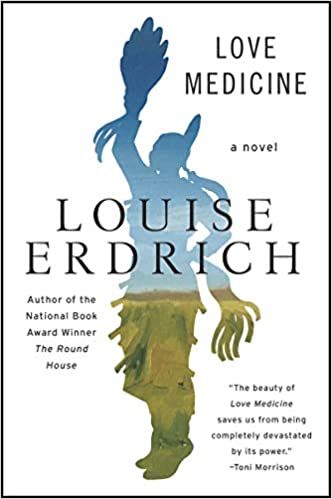
Love Medicine
This is Erdrich’s multiple award–winning first novel, which she revised and expanded in later editions. Following several families on reservations, this novel uses multiple narrators and a nonlinear style. Love Medicine introduces characters who will reappear in later books. Erdrich would also revisit themes and ideas: the complicated, often tense relationships between Indigenous religions and Catholicism, loving family relationships, and using humor to cope with loss and trauma.
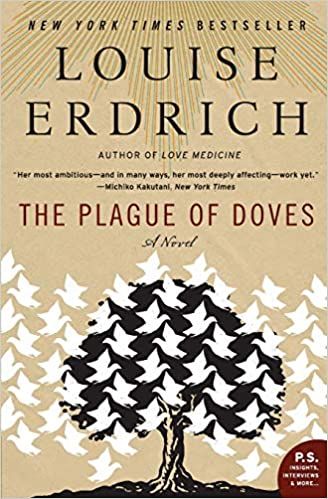
The Plague of Doves
This 2008 novel is the first in Erdrich’s loosely connected justice trilogy about an unsolved crime in rural North Dakota. The other books in the trilogy are The Round House and LaRose, although they can each be read alone. Many of Erdrich’s characters are mixed-race and trying to reconcile their Native and white ancestry.

The Round House
Erdrich received the National Book Award for Fiction for this novel in 2012. It’s definitely one of her best books, but I suggest not starting with this one if you’re new to her work or might find the subject triggering. The narrator, Joe, is a teenage boy from an Ojibwe reservation in North Dakota. After his mother, Geraldine, is brutally attacked, Joe tries to investigate the crime himself. Geraldine is severely depressed in the aftermath of being raped.
As with The Night Watchman, Erdrich uses her afterword to explain historical context and ongoing social issues. The book is set in 1988, but many legal loopholes still exist, which often make it difficult for Native survivors of sexual assault to find closure or justice.
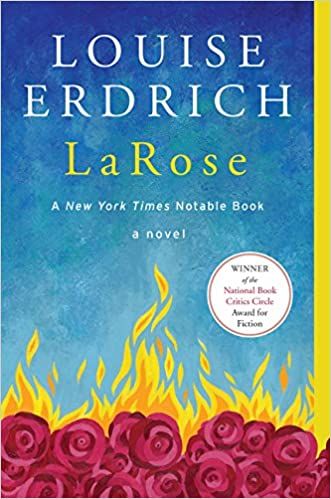
LaRose
This novel from 2016 explores a tragic accident and its lasting impact on the two families involved. Several locations and characters, including the reservation’s Catholic priest, Father Travis Wozniak, appear in Erdrich’s other books. I agree with BR contributor Jessi Lewis that Erdrich is “the master of backstory.” Relationships and intergenerational and personal traumas can illuminate Erdrich’s characters’ actions but never disrupt the flow of the story. Her characters are multifaceted and often unpredictable.
If you’ve never read Louise Erdrich, I recommend this order. She’s written many more books, all varied and must-reads. She frequently includes maps, family trees, glossaries, and historical notes in her books. This helps readers keep track of complex family connections over several books. For a non-Native reader from New England, like me, this can also be a first step to learning some historical and cultural context.













